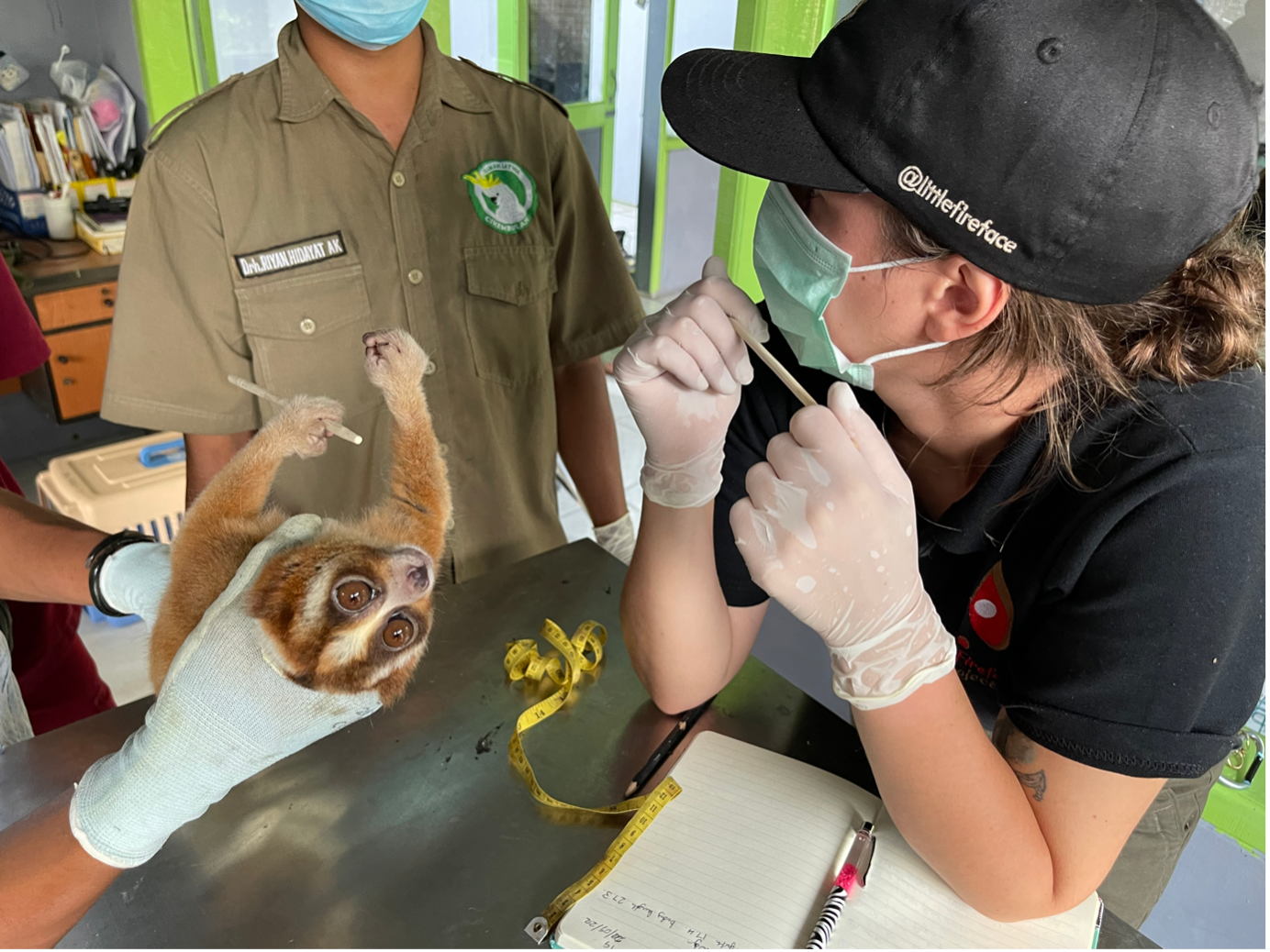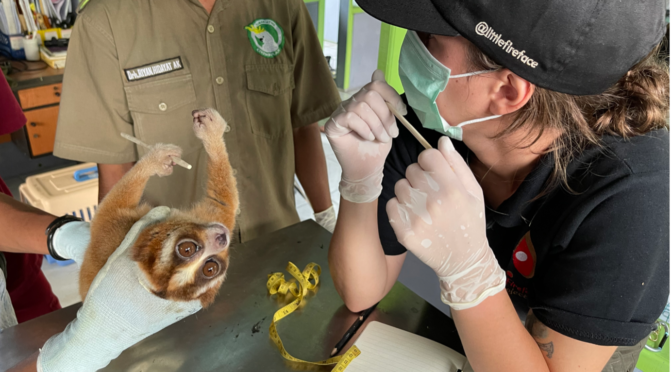Digital fields have grown, with celebrities and Instagram influencers dominating this greatly under-researched space. Affluent individuals have long flaunted their wealth by obtaining exotic, and exclusive exotic species; the contemporary concerns in Karachi, Pakistan evidences this well. Celebrity culture has often been found guilty of this trend; this is alarming as their lives are heavily observed and seen as aspirational, see Mike Tyson, and his Bengal tigers and the infamous Bubbles the chimpanzee who was owned by the king of pop, Michael Jackson. Evidently, the commodification of threatened species is no new phenomena. In the wake of social media, exotic species are now a common feature to many of our Instagram feeds. This week, the motivations behind posting exotic animal content by the famous and influential will be discussed alongside their negative consequences for conservation bodies.
Firstly, viral trends can be agents for positive conservation action and celebrities can be instrumental in raising campaign status. For example, LFP Director, Professor Anna Nekaris highlighted the key violations of the five freedoms of viral content to educate audiences on the inappropriate nature of certain threatened species media, and presented a TEDxTalk on this topic. Little Fireface Project (LFP) has been instrumental in flagging ethical concerns for this content, as shown here. This LFP research led directly in 2015 to International Animal Rescue’s ‘Tickling is Torture’ campaign that was backed by the likes of British comic, Jo Brand and TV naturalist Chris Packham, who amongst others sought to raise awareness for a grossly misrepresentative pattern of slow loris content across social media platforms.

Instagram has been conveyed as a strong marketing platform, and this has been shown by a study on ‘pet influencers’, where it was concluded that consumers of pet content are driven by affection toward the domestic species, entertainment, escapism from hard times, curiosity of the animal, and the relationship formed with the online pet. This blog suggests evocative animal content motivates influencers as a means of marketing. Furthermore, ‘exciting’ threatened species, which may gain more attention as a USP, are inserted into domestic settings and photographed in close proximity to a well-known Instagram influencer; a similar effect can occur that contributes to a skewed image threatened species as household pets and how to interact with wildlife, increasing demand for photo props to emulate popular, content which will be explored in next week’s blog. The pursuit for popular and viral content can overlook animal welfare, asserting individuals of a threatened species in inappropriate domestic settings with little knowledge of the animal’s supply chain.
Conservation concerns extend beyond individual animal welfare, when influencers include exotics on their profiles, detrimental impacts on wild populations can occur when sufficient context is not provided. Critical concerns arise from the increased demand for exotics as pets, resulting in the increase of illicit poaching activity and inaccurate perceptions on threatened species population statuses; animals can be viewed as less threatened when viewed in non-conservation-oriented settings.
Ultimately, Instagram users with mass followings must consider their degree of influence when devising content strategies. Despite motivations for posting, impact considerations for the animal features must never be overlooked. Conservation bodies must use their knowledge of the five freedoms and long-term conservation impacts to attack inappropriate posts through constructive commenting and reporting gross content; a feature that should be used more liberally by the lay Instagram user too.
See you next Friday!
Jacob Callicot
Further reading

